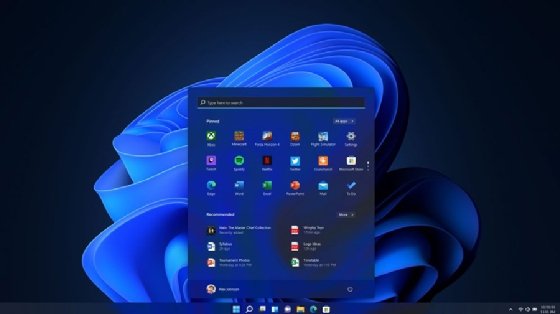
CenturionStudio.it - Fotolia
Microsoft announces release date for Windows 11
Windows 11 will include integration with unified communications platform Teams but won't initially include the option to download Android apps.
On Oct. 5, Microsoft will roll out Windows 11. The long-awaited upgrade to Windows 10 will include integration with the collaboration platform Teams, but companies will have to wait to run Android apps.
The new OS, which Microsoft gave a landing date for this week, will be a free upgrade for eligible Windows 10 PCs. It will come preinstalled on devices from Acer, Asus, HP, Lenovo, Samsung and Microsoft on the launch date. The products include the Acer Swift 5, the Dell XPS 13, the HP Spectre x360 14 and Microsoft's Surface Pro 7.
Gartner analyst Stephen Kleynhans said he was a little surprised by how quickly Microsoft made the new OS available since announcing it in June.
"What we're seeing right now in the insider program is probably close to what's going to ship," Kleynhans said.
The Teams integration will likely be a boon for enterprises, as it will simplify the way workers access their messages, the analyst said. Instead of having to boot up the entire Teams app, workers will click on a mini app on the side of the screen to send quick messages.
"Teams is very strong in the enterprise space. It's where people are spending their days when they're working from home," Kleynhans said. "Anything that smooths over that integration … would be welcome."
Microsoft said another anticipated feature, the ability to run Android apps on Windows, will have to wait a few months. The company is building the Android platform on Intel's tools for running ARM code on x64 hardware. Microsoft plans to run apps from Amazon's App Store.
IDC analyst Tom Mainelli said that it is more important for Microsoft to "get it right" than to have Android apps available by the launch date.
"While I know there is excitement around this capability, I don't think it will dampen the reception of Windows 11," Mainelli said.
The OS includes significant changes in the Windows user interface. The start menu will be centered like the one on a Mac and will consist of pinned apps at the top and a menu of recently used apps and documents at the bottom. Also, there will be redesigned icons, new split-view options and new backgrounds.

Enterprises will see multifactor authentication, hardware-based isolation and a Trusted Platform Module (TPM) as default settings, which analysts said will make it more likely that customers will use the options.
For IT administrators, Microsoft said that Windows 11 will offer greater simplicity and security but not differ from Windows 10 so much as to be unfamiliar. The company said upgrading to Windows 10 is akin to downloading a Windows 10 feature update.
Not every PC model running Windows 10 will be eligible for an upgrade, however.
Windows 11 will require a 1 GHz or faster processor with two or more cores on a compatible 64-bit processor or system on a chip, 4 GB or greater for RAM, storage of at least 64 GB, and a graphics card compatible with DirectX 12 or later with a WDDM 2.0 driver. Other requirements include TPM version 2.0 and a high-definition display of 9 inches or greater and 8 bits per color channel.
On a related note, Microsoft said there will be at least one feature update for Windows 10 called version 21H2 later this year. The update will add WPA3 H2E standards support for Wi-Fi security, among other things. Windows 10 will stop receiving updates in 2025.
Maxim Tamarov is a news writer covering mobile and end-user computing. He previously wrote for The Daily News in Jacksonville, N.C., and the Sun Transcript in Winthrop, Mass. He graduated from Northeastern University with a degree in journalism. He can be found on Twitter at @MaximTamarov.








